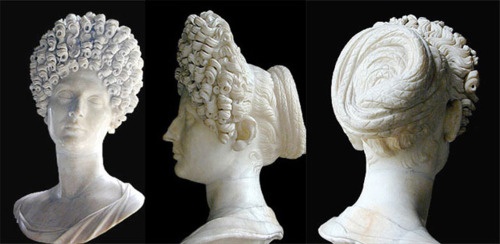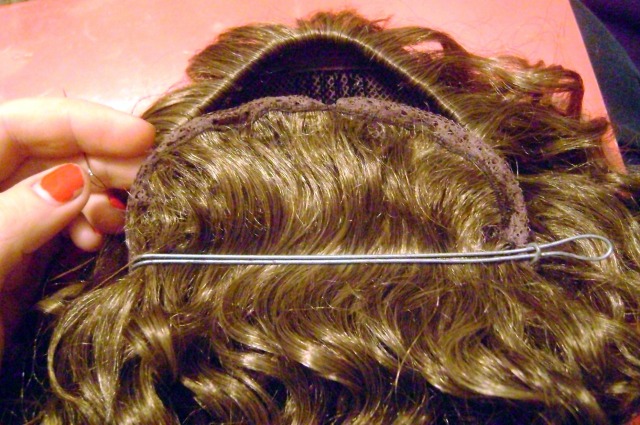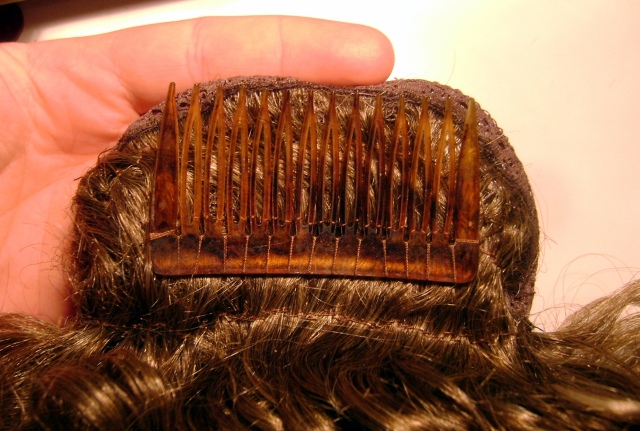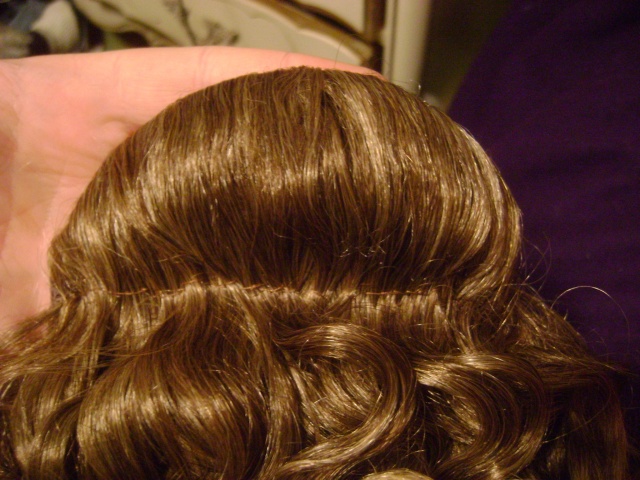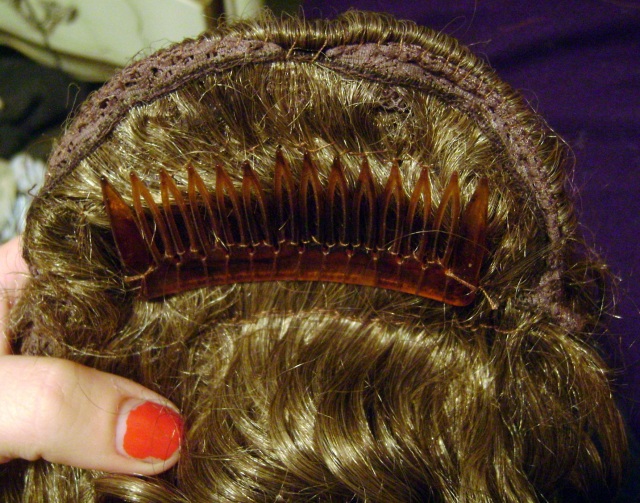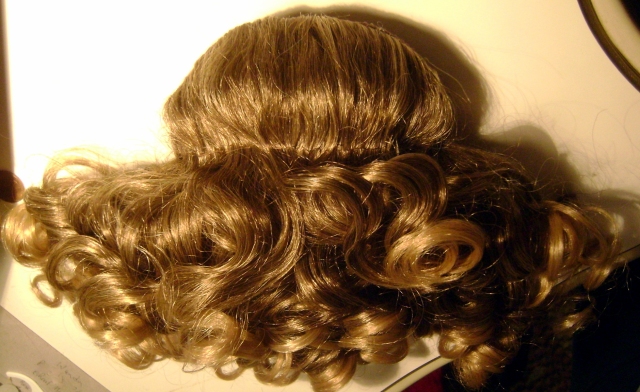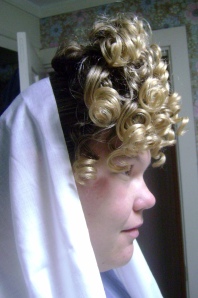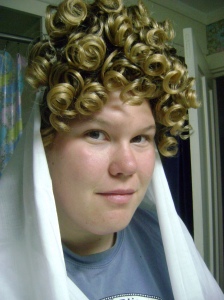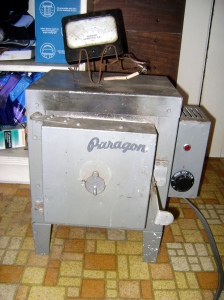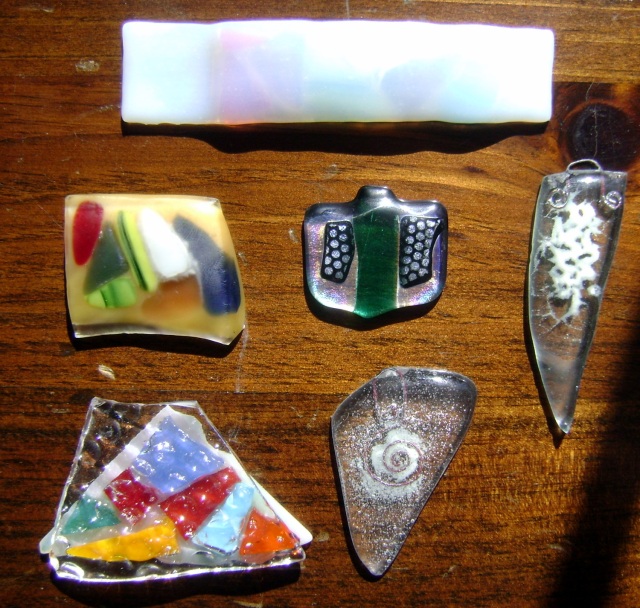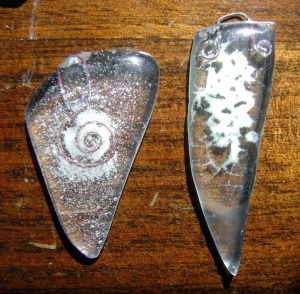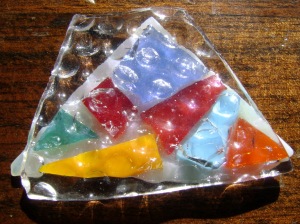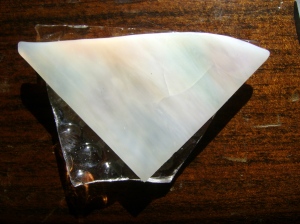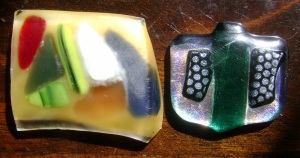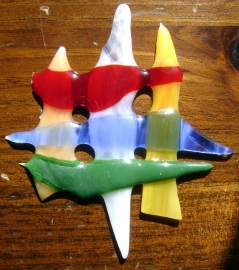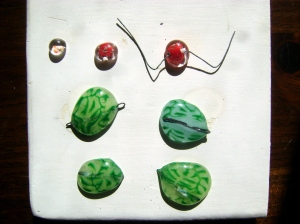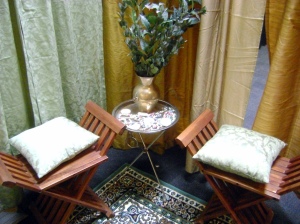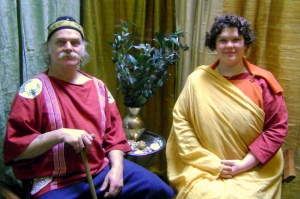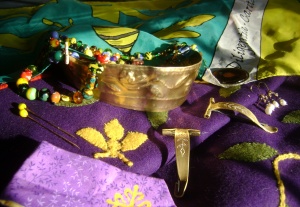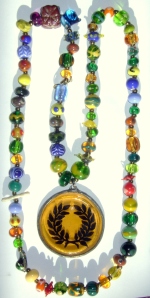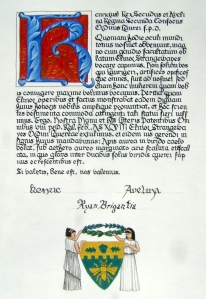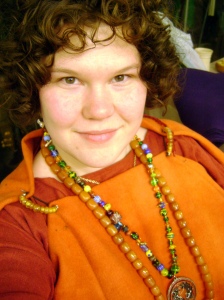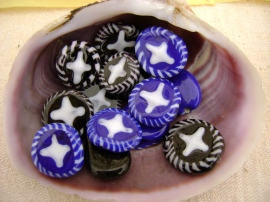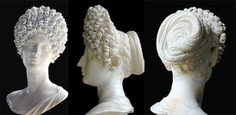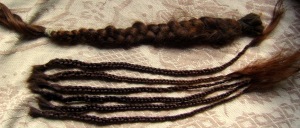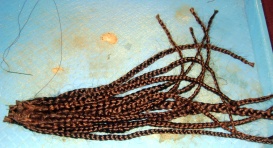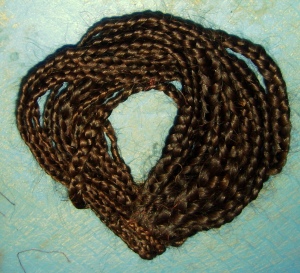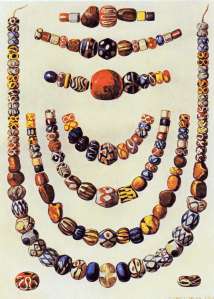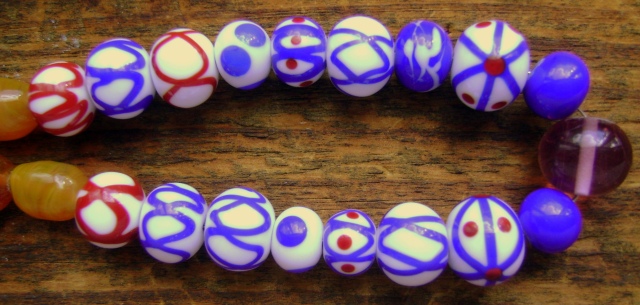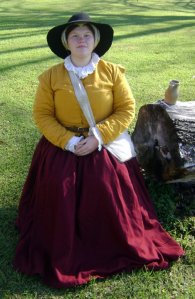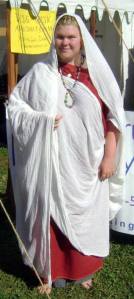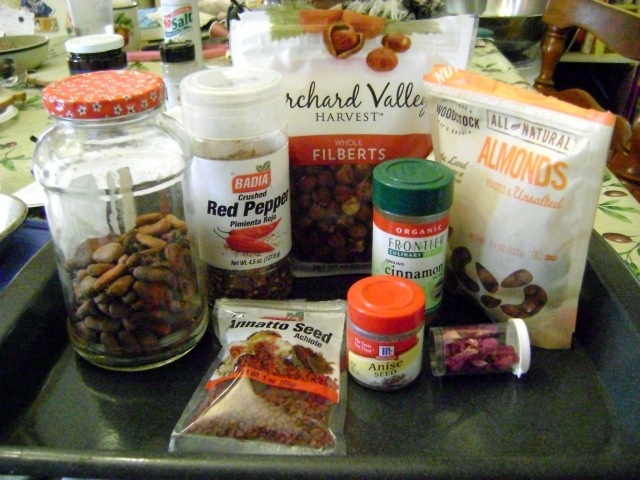It’s been a while since I had anything worth posting on here, but I’ve been inspired lately and promised the folks over on the Romans of the SCA Facebook group that I’d share my results. My research lately has been looking a lot at the material culture and daily life of late 1st and early 2nd century Rome. I really loved the Flavian hairstyle I had at Birka and wanted to find a way to sport it more often. The difficulty is that I never had any skill at the girly arts. (Seriously, you’re talking to somebody who never mastered the art of the single self braid and who shaves their head every few years to stop having to deal with all that hair.) Putting my own hair up in rollers before an event is sadly beyond my patience level. Fortunately, I’m not the only one who either doesn’t have enough of my own hair or the time/patience to style it, and there were Roman women who agreed with me. Several wigs and hairpieces exist from ancient burials. There are two from the cemetery at Martres-de-Veyre alone.
The Flavian hairstyle is one of my favorite historical fashion statements. It consists of giant towers of curls at the front and a wreath of braids at the back. The haircut needed to create such a style without adding anybody else’s hair is essentially a long mullet – short in front for frothy curls, long in back for all those braids. I usually save my hair every time I cut it short, so I had enough not-attached-to-my-own-scalp hair to make a hairpiece of braids over the winter. My own hair was short enough at the time to do all the curls, but now it’s growing out. I’m almost to the point where I can braid my own hair into the wreath at the back and need a false hairpiece for the front. So, I made one.

First, capture and skin one tribble… (False hair designed to make a curly ponytail extension. It’s not as fake looking in real life.)
The first step was a trip to a local beauty supply store, where I bemused the clerks by pulling out a hand mirror and a photo of the Fonseca bust I’d printed off and brought along. I was expecting to buy straight hair extensions and stitch and curl it myself, but I got really lucky and found a drawstring curly hairpiece designed to tie over a ponytail. (I bought a Vienna Harley in my own color; dunno why the website only shows it in black.)
At $15, it was a great option for the first attempt at this project – if it worked, wonderful; if I messed up, I could still afford a second try. It is artificial fibers, but quite acceptably real looking in natural light and a very close match to my own hair’s color, texture, and weight. Considering one wig made out of moss was found in Vindolanda, I figure it’s not the end of the world if someone spots it’s not human hair in close examination. 😉
After getting it home, I removed the drawstring and tested out how I wanted to fold it. I settled for making the bottom half slightly smaller than the top half in order to puff out the top a bit and help the curls lie in a staggered formation. To keep the hair in place while I sewed, I improvised a clip out of wire and then removed it when the stitches were in. I put a row of tight stitches along the bottom half to keep the lower hair in place so it wouldn’t pull back and snarl between the hairpiece and my own hair while being worn.
Here you can see the hairpiece opened up while I was putting the stitches in place to hold the bottom hair down. The hairpiece is flipped from our perspective here – the bottom of the picture shows the part that will be folded over and sewn to the top edge, creating a pouch that will be stuffed with a little padding. The hairpiece came with two small combs sewn inside; I left them in there since they weren’t in the way.
To attach the hairpiece to my head, I sewed a comb to the underside. I debated attaching it to a diadem or headband, but realized upon testing that this comb held it in place very well even when I was moving around a lot.
With the bottom side done, I turned my attention to the top. The hairstyle calls for a graceful sweep up to the top of the pile of curls. I knew that the curls would likely fall off to either side after being worn for a while, so I put a line of stitches in the top side too as I had done along the bottom.
Now that the hair wasn’t going to flop around on me too much, I sewed up the sides of the hairpiece into a little pouch. I put some batting inside to give it volume, and in retrospect I think I put in too much or needed a stiffener along the bottom edge, since the underside rounded up a little and creates a visible gap between the hairpiece and my scalp at the back.
By this point it was pretty late at night, but I was too excited to wait till morning to try it out. Therefore, you’re all gonna be treated to some images of the fabulous 1970s wallpaper still hanging in my grandparents’ upstairs bathroom.
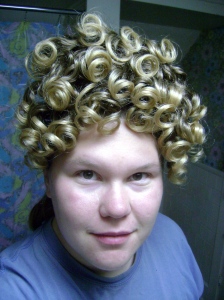
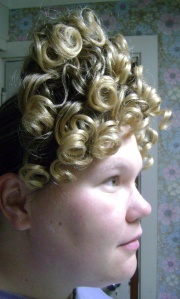 Overall, I’m delighted. It pops up a little bit in the back, but the general silhouette isn’t bad and the front view is great. I hope that the curls stay as crisp as they are now, but I found that twisting them around my finger generally put them back into place when necessary. The little info thing that came with the hairpiece says it can be handwashed and that the curls will spring back into place when it dries out again. I did try wearing my diadem on top of this but it didn’t sit right with the bump the hairpiece made.
Overall, I’m delighted. It pops up a little bit in the back, but the general silhouette isn’t bad and the front view is great. I hope that the curls stay as crisp as they are now, but I found that twisting them around my finger generally put them back into place when necessary. The little info thing that came with the hairpiece says it can be handwashed and that the curls will spring back into place when it dries out again. I did try wearing my diadem on top of this but it didn’t sit right with the bump the hairpiece made.
With a palla on, the bump at the back isn’t a problem at all. In fact, it solves an issue I’ve been having – my palla tends to slide off my head when I’m out and about, and the small pad of batting gives me something I can stick a pin into and hold my palla exactly where I need it. This was a very simple project that I whipped out in one evening with such striking results.
I hope my impromptu tutorial helps nudge other folks into trying out authentic Roman hairstyles. This just goes to show that you don’t need any special skills as a hairdresser to achieve the right look, especially if you’re working with detachable hairpieces you can hold in your lap and sew into place. (And nobody yelps if you accidentally yank a few strands out.) Now that my own hair is growing out, the braided hairpiece I made is not as necessary. I can put my own hair into a simple braided bun and stick a few pins into it. With this hairpiece, I can go from a mundane braided ponytail to full-on Flavian glory in literally seconds. Go try it out!

